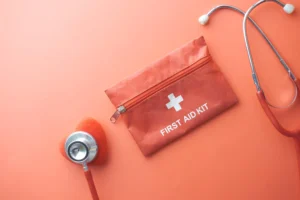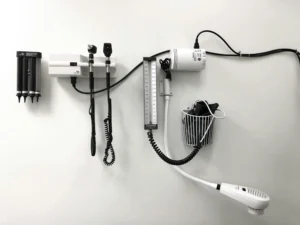
5 Tips to Fight Off Spring Allergies
Spring is a beautiful time of year, but it is also the start of allergy season for millions of Americans. According to the Centers for

Spring is a beautiful time of year, but it is also the start of allergy season for millions of Americans. According to the Centers for

Ear infections pose a significant health concern that can affect individuals of all ages. However, these infections are most commonly observed in children, particularly between

The Centers for Disease Control and Prevention (CDC) estimates that, so far this season, there have been at least 5.3 million illnesses, 54,000 hospitalizations, and

As we enter the new year, the significance of forming healthy habits takes center stage in pursuing a healthier future. Recent statistics reveal that 72%

First aid is an emergency response, typically involving simple, life-saving techniques that most people can train to execute with minimal equipment and no previous medical

As the festive season approaches, the joy and excitement of the holidays often come hand in hand with stress and health concerns. The hustle and

Among the various services, an urgent care facility provides, “urgent care sick visits” are essential. Urgent care visits offer a convenient option for timely medical

Deciding when to visit an urgent care versus the emergency room or seeing a primary care physician is critical to getting timely, quality care.

Do you have symptoms that could be connected to the flu or an allergy? Or COVID-19? Maybe it’s just a simple cold! It’s hard
© 2024 ALL RIGHTS RESERVED MIDLANDS FAMILY URGENT CARE

For Patients Seen Before 3/3/2025
For Patients Seen On Or After 3/4/2025

Schedule a time to visit or save your spot in line immediately to cut down on the wait by letting us know you’re on your way.


